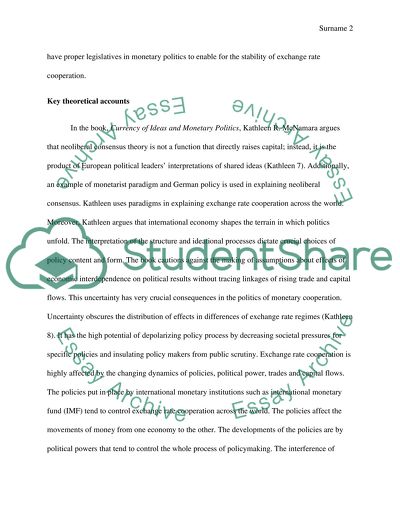Cite this document
(“Exchange Rate Cooperation Essay Example | Topics and Well Written Essays - 1000 words”, n.d.)
Exchange Rate Cooperation Essay Example | Topics and Well Written Essays - 1000 words. Retrieved from https://studentshare.org/social-science/1642865-an-analytical-essay-of-exchange-rate-cooperation
Exchange Rate Cooperation Essay Example | Topics and Well Written Essays - 1000 words. Retrieved from https://studentshare.org/social-science/1642865-an-analytical-essay-of-exchange-rate-cooperation
(Exchange Rate Cooperation Essay Example | Topics and Well Written Essays - 1000 Words)
Exchange Rate Cooperation Essay Example | Topics and Well Written Essays - 1000 Words. https://studentshare.org/social-science/1642865-an-analytical-essay-of-exchange-rate-cooperation.
Exchange Rate Cooperation Essay Example | Topics and Well Written Essays - 1000 Words. https://studentshare.org/social-science/1642865-an-analytical-essay-of-exchange-rate-cooperation.
“Exchange Rate Cooperation Essay Example | Topics and Well Written Essays - 1000 Words”, n.d. https://studentshare.org/social-science/1642865-an-analytical-essay-of-exchange-rate-cooperation.


